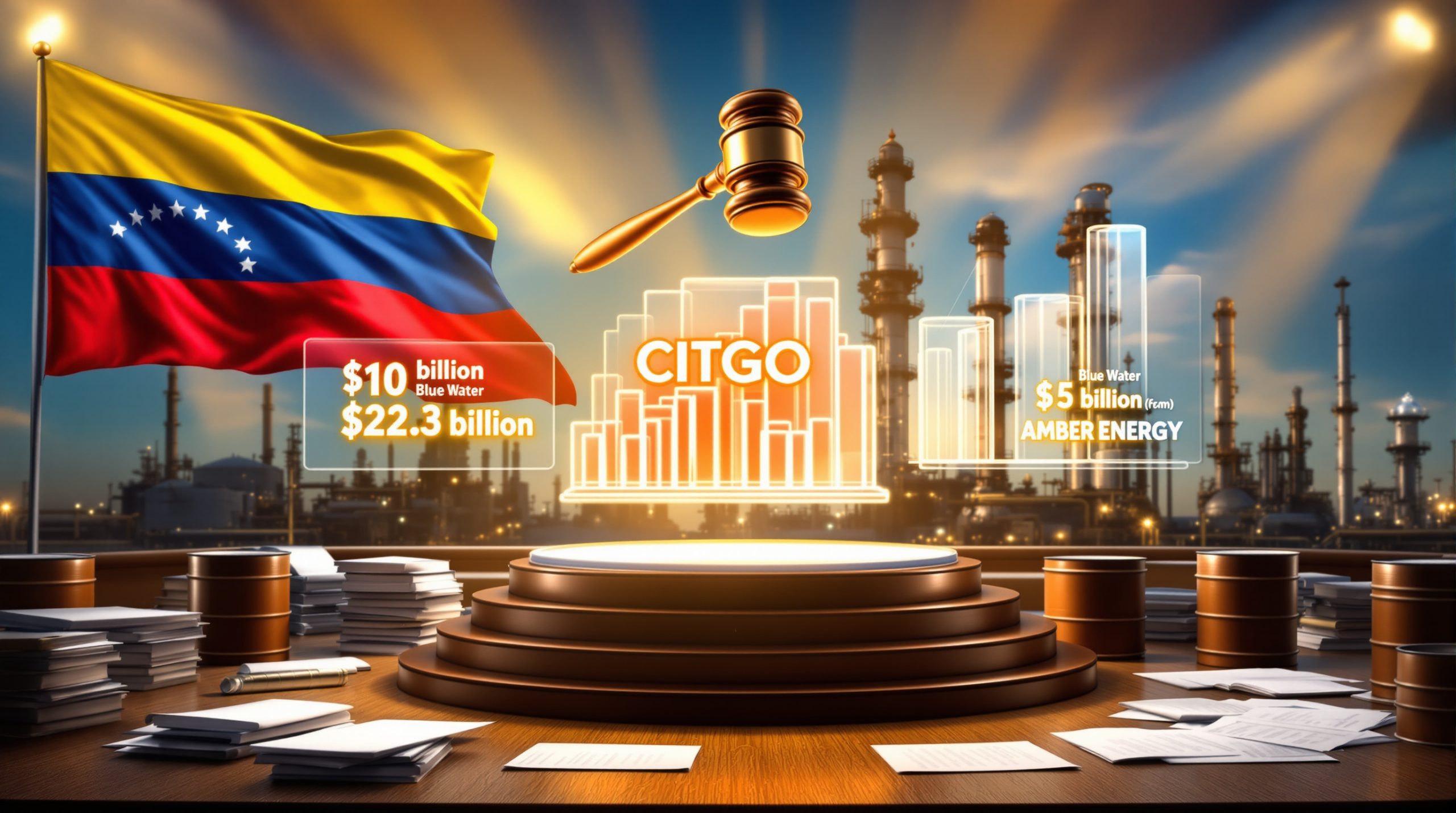How Did Botswana Secure a Controlling Stake in De Beers?
Botswana's journey to secure a controlling stake in De Beers represents one of the most significant developments in the global diamond industry. The partnership between these two entities has evolved dramatically over decades, transforming from a typical resource extraction arrangement into a strategic alliance that now positions Botswana at the helm of the world's most iconic diamond company.
The Historical Relationship Between Botswana and De Beers
The relationship between Botswana and De Beers dates back to 1969 when they established Debswana, a 50/50 joint venture created to mine Botswana's newly discovered diamond reserves. This partnership laid the foundation for what would become one of the most successful mining collaborations in Africa. Prior to the recent developments, Botswana maintained a 15% ownership stake in De Beers itself, while simultaneously holding 50% ownership in Debswana.
What makes this partnership particularly unique is that Debswana supplies approximately 70-75% of De Beers' rough diamond inventory, giving Botswana significant leverage in negotiations. The Jwaneng mine, often called the "crown jewel" of Debswana's operations, is recognized as the world's richest diamond mine by value and contributes more than two-thirds of Debswana's total diamond value.
As Minister Bogolo Kenewendo noted in recent statements, "Botswana's role as a key supplier has positioned us to negotiate from strength rather than weakness."
The Significance of Diamonds to Botswana's Economy
The diamond industry forms the backbone of Botswana's economy, contributing approximately one-third of the country's GDP and a staggering 80% of export earnings. This resource has transformed Botswana from one of the world's poorest nations at independence in 1966 to an upper-middle-income country today—often cited as an exception to the "resource curse" that affects many mineral-rich African nations.
This dependence on diamonds has created both opportunities and vulnerabilities. While diamond revenues have funded significant infrastructure development and social programs, including free education and healthcare, they've also made Botswana susceptible to market fluctuations.
"Diamonds have been Botswana's blessing, but over-reliance on a single commodity presents long-term economic risks. Securing greater control over the entire value chain is a logical step toward economic diversification and sustainability." — Bogolo Kenewendo, Minister of Minerals and Energy
The strategic importance of diamond revenues to Botswana's development model cannot be overstated. The country has maintained one of the world's highest economic growth rates over several decades, with prudent management of diamond revenues playing a central role in this success story.
Why Is Botswana Seeking Control of De Beers?
President Boko's Vision for Diamond Industry Control
President Duma Boko has articulated a bold vision for Botswana's future in the global diamond industry. According to Minerals and Energy Minister Bogolo Kenewendo, "President Duma Boko is determined to increase Botswana's stake in De Beers to gain full control over the strategic asset and its value chain, including marketing."
This vision represents more than just increased ownership—it signals a fundamental shift in how resource-rich nations approach partnerships with multinational corporations. Rather than accepting the traditional model where foreign companies extract resources and capture most of the value-added activities, Botswana aims to control the entire diamond pipeline.
The president's approach aligns with broader trends toward resource nationalism across Africa, but with a distinctive Botswana approach that emphasizes negotiation and strategic partnership rather than expropriation. This measured approach has helped maintain investor confidence while still advancing national interests.
Economic Sovereignty and Value Chain Integration
At the heart of Botswana's push for increased ownership lies the concept of economic sovereignty—the ability to make independent decisions about national resources and capture more of the value they generate. Historically, African nations have captured only a small fraction of the ultimate value of their natural resources, with most profits accruing to foreign companies that control processing, marketing, and distribution.
By extending control beyond mining into these downstream activities, Botswana aims to:
- Capture additional value: The markup between rough diamonds and polished, retail-ready stones can exceed 300%
- Develop local expertise: Building capacity in cutting, polishing, and marketing creates high-skill jobs
- Reduce economic vulnerability: Controlling more of the value chain provides greater stability during market downturns
- Direct market access: Ownership of De Beers provides direct connections to end markets without intermediaries
Botswana has already made progress in this direction through the Okavango Diamond Company (ODC), a state-owned enterprise established in 2012 that independently markets up to 15% of Debswana's production. The ODC represents a successful proof-of-concept for Botswana's capacity to engage directly in diamond marketing.
According to industry analysts, each percentage point of the value chain captured domestically could generate millions in additional revenue for national development priorities.
What Challenges Face the Diamond Industry?
Market Downturn and Changing Consumer Preferences
The global diamond industry faces its most significant challenges in decades. Recent data reveals that rough diamond sales fell by approximately 23% year-over-year in 2024, with demand particularly weak in China—historically one of the industry's most reliable growth markets. This downturn has forced De Beers to accumulate a substantial stockpile of unsold inventory, putting pressure on prices and profitability.
Several factors contribute to this challenging environment:
- Post-pandemic spending shifts: Consumer preferences have moved away from luxury goods toward experiences and travel
- Economic uncertainty: Inflation and interest rate concerns have reduced discretionary spending on non-essential items
- Demographic changes: Younger consumers demonstrate different purchasing priorities than previous generations
- Ethical concerns: Growing awareness about environmental and social impacts has changed purchasing criteria
These trends have particular significance for De Beers, which has historically managed supply to maintain price stability. The accumulation of inventory represents a departure from this model and signals significant market weakness.
The Impact of Synthetic Diamonds on Traditional Markets
Perhaps the most structural challenge facing the natural diamond industry comes from laboratory-grown diamonds, which have rapidly gained market share—rising from approximately 5% of the global market in 2020 to nearly 18% in 2024.
Lab-grown diamonds offer several advantages over mined stones:
- Price point: Typically 30-40% less expensive than comparable natural diamonds
- Ethical positioning: Marketed as free from concerns about environmental damage or conflict
- Consistency: Controlled production environment allows for more predictable quality
- Technological innovation: Continuing improvements in production efficiency drive costs lower
De Beers initially responded by launching its own lab-grown brand, Lightbox, in 2018, pricing products significantly below market rates in an apparent attempt to commoditize the lab-grown segment. However, this strategy has had limited success in slowing the sector's growth.
"The rise of laboratory-grown diamonds represents the most significant structural disruption to the natural diamond market since synthetic production became commercially viable. This isn't just a cyclical challenge—it's a permanent shift in consumer options." — Diamond Industry Analyst, RBC Capital Markets
The combination of market weakness and structural competition creates a particularly challenging environment for De Beers' valuation at precisely the moment when ownership changes are under consideration.
How Does This Affect Anglo American's Divestment Plans?
Anglo American's "Dual Track" Strategy
Anglo American is pursuing what industry insiders call a "dual track" approach to divesting its interest in De Beers. This strategy involves simultaneously exploring direct sales to potential buyers while preparing for a possible public listing if suitable acquisition offers fail to materialize.
This divestment represents part of Anglo American's broader corporate reorganization following its rejection of BHP's £39bn ($52.8bn) acquisition offer in 2023. The company faces significant pressure from shareholders to complete this restructuring within the current year to demonstrate its commitment to focusing on core assets and enhancing shareholder value.
According to the Financial Times, current valuations for De Beers range between $4 billion and $6 billion—significantly below historical estimates, reflecting both current market challenges and uncertainty surrounding the ownership transition.
The timeline for this process is accelerating, with Anglo American setting an early August deadline for potential buyers to submit bids. This compressed schedule has contributed to tensions with the Botswana government, which has expressed concerns about being marginalized in the decision-making process.
Botswana's Opposition to the Current Process
Botswana's government has been unambiguous in its dissatisfaction with Anglo American's handling of the De Beers sale process. Minister Kenewendo specifically criticized the lack of transparency and coordination, stating: "Our partners at Anglo American have, regrettably, failed to manage the process transparently or in coordination with the government and with our support."
This opposition creates significant complications for Anglo American's divestment timeline and strategy. Botswana's position as both a 15% shareholder in De Beers and the 50% partner in Debswana gives it substantial influence over any potential transaction. Industry experts estimate that without Botswana's support, the likelihood of completing a sale on Anglo's preferred timeline drops below 30%.
Key points of contention include:
- Information sharing: Botswana claims it hasn't received adequate details about potential buyers
- Valuation methodology: Disagreements about how De Beers' assets should be valued in the current market
- Consultation process: Concerns that major decisions are being made without meaningful input from Botswana
- Future governance: Uncertainty about how new ownership might affect existing agreements with Botswana
The Botswana government has made it clear that it will use all available leverage to ensure its interests are protected throughout this transition, including potential regulatory interventions if necessary.
What Are the Potential Outcomes of Botswana's Bid?
Negotiation Leverage and Strategic Positioning
With the early August deadline for potential buyers rapidly approaching, Botswana has positioned itself strategically to maximize its influence. The government has emphasized repeatedly that "any sale without the support of Botswana's Government would be challenging"—a statement that carries significant weight given Botswana's control over diamond supply through Debswana.
This stance provides Botswana with extraordinary leverage in negotiations, creating several potential pathways:
- Direct acquisition: Botswana could secure majority ownership through direct purchase of Anglo's stake
- Consortium partnership: Botswana might partner with financial or industry investors while maintaining control
- Veto power: The government could block undesirable buyers while negotiating favorable terms
- Forced listing: By opposing private sales, Botswana could push toward a public listing that might offer better terms
This approach mirrors Botswana's successful 2011 renegotiation of sales agreements with De Beers, which significantly increased the country's share of diamond revenues. That precedent demonstrates Botswana's willingness to use its leverage effectively.
Industry analysts note that Botswana's negotiating position has been further strengthened by recent geopolitical developments, particularly sanctions affecting Russian diamond producer Alrosa. With Russian supply constraints, Botswana's production has become even more crucial to global markets.
Impact on Potential Buyers and Valuation
Botswana's move to acquire controlling interest introduces substantial complexity for potential buyers, who must now consider the government's role and intentions when formulating acquisition strategies. This development, combined with current market challenges, has already affected De Beers' valuation and the overall attractiveness of the asset.
Several factors complicate the valuation process:
- Governance uncertainty: Questions about how a government-controlled De Beers would operate
- Supply guarantees: Concerns about long-term access to Botswana's diamond production
- Strategic priorities: Potential shifts from profit maximization to national development goals
- Regulatory environment: Possible changes to operating conditions for De Beers globally
For financial investors particularly, these uncertainties create significant challenges in modeling future returns. This has reportedly reduced the number of interested parties and potentially lowered bid values.
"The complexity of this transaction goes far beyond typical M&A considerations. Buyers must evaluate not just current market conditions but also how government control might fundamentally reshape De Beers' operating model and strategic priorities." — Mining Industry Consultant
The valuation impact isn't entirely negative for Botswana, however. By creating uncertainty for other bidders, the government may effectively reduce competition and secure more favorable acquisition terms.
How Might Control Shift Affect Global Diamond Markets?
Potential Changes in Diamond Marketing and Distribution
If Botswana succeeds in acquiring controlling interest in De Beers, significant changes could occur in how diamonds are marketed and distributed globally. The government may implement new strategies to maximize returns from diamond sales, potentially altering long-established industry practices.
Potential changes might include:
- Modified sightholder system: De Beers traditionally sells to select "sightholders" at predetermined prices; this system could be restructured
- Pricing mechanisms: Greater emphasis on maximizing producer returns rather than market stability
- Supply management: Different approaches to inventory management during market downturns
- Beneficiation requirements: Increased emphasis on local cutting and polishing before export
- Marketing strategies: Shifts in how natural diamonds are positioned against lab-grown alternatives
Historical evidence from other commodity markets suggests that when producer nations gain control of marketing channels, they typically prioritize revenue maximization and domestic value addition. The Zimnisky Global Rough Diamond Index has shown increased price volatility during previous supply chain disruptions, suggesting potential market adjustments during this transition.
Perhaps most significantly, Botswana might leverage De Beers' marketing expertise and infrastructure to change consumer perceptions about diamond origins, emphasizing the development benefits that diamond revenues provide to producer nations.
Implications for Other Diamond-Producing Nations
Botswana's pursuit of greater control over De Beers could inspire similar moves by other diamond-producing countries seeking to increase their influence in the global market. Countries like Namibia, Angola, and South Africa—all significant diamond producers—are closely monitoring Botswana's approach.
Several precedents for resource nationalism already exist in the diamond sector:
- Namibia has gradually increased its ownership stake in Namdeb, its joint venture with De Beers, establishing stronger Namibian mining controls
- Zimbabwe nationalized its diamond fields in Marange in 2016
- Angola has restructured its diamond sector to increase state control and transparency
According to an IMF Working Paper on "Resource Nationalism in Africa" (2024), this trend toward greater state control is likely to accelerate as producer nations develop more sophisticated governance capabilities and face pressure to maximize returns from non-renewable resources.
For the global diamond industry, this potential trend raises important questions about future supply dynamics, pricing mechanisms, and market structure. If multiple producer nations pursue similar mining takeover strategies, the industry could become more fragmented, with potentially higher transaction costs and reduced market efficiency.
What Does This Mean for the Future of De Beers?
Governance and Operational Changes Under New Ownership
A shift in controlling ownership would likely bring substantial changes to De Beers' governance structure, corporate strategy, and operational priorities. Botswana's government would gain greater influence over key decisions affecting the company's future, potentially leading to a reorientation of business objectives.
Specific governance changes might include:
- Board composition: Increased representation for Botswana government officials and advisors
- Executive leadership: Potential appointments of Botswana nationals to key management positions
- Decision-making processes: Greater emphasis on consensus with government stakeholders
- Performance metrics: Shift from pure financial returns toward broader economic impact measures
- Transparency requirements: Enhanced reporting on social and economic contributions
Operational changes could extend to how De Beers approaches exploration, production, and marketing decisions. The Bank of Botswana Annual Report 2024 highlights that Debswana already reinvests more than 80% of revenue domestically—a model that might be expanded under government control.
Minister Kenewendo has publicly emphasized localization goals in multiple forums, suggesting that increased Botswana participation throughout De Beers' operations would be a priority under new ownership.
Long-term Strategic Implications for the Diamond Industry
The potential restructuring of ownership at De Beers represents a watershed moment in the evolution of the global diamond industry. As one of the industry's most influential players potentially transitions to government control, the broader implications for market dynamics, pricing mechanisms, and industry evolution trends could be far-reaching.
Long-term strategic shifts might include:
- Value chain reconfiguration: More cutting and polishing in producer countries rather than traditional centers
- New marketing narratives: Emphasis on development benefits rather than traditional messaging
- Technological adaptation: Different approaches to addressing the challenge of lab-grown diamonds
- ESG prioritization: Increased emphasis on environmental and social governance
- Regional cooperation: Potential for producer nations to coordinate marketing strategies
De Beers' "Building Forever" strategy, which emphasizes sustainability and positive social impact, may accelerate under Botswana's direction. The company has already announced cost reduction targets of approximately 15% over the next three years—efforts that would likely continue under new ownership, though potentially with different priorities.
"This transition represents the most significant ownership shift in the diamond industry in decades. If managed effectively, it could create a new model for how resource-rich nations participate in global commodity markets." — Botswana Institute for Development Policy Analysis
For the broader industry, Botsw
Ready to Capitalise on the Next Major Mineral Discovery?
Stay ahead of the market with Discovery Alert's proprietary Discovery IQ model, which instantly notifies investors of significant ASX mineral discoveries and transforms complex data into actionable insights. Visit the Discovery Alert discoveries page to understand why major mineral discoveries can lead to substantial market returns and begin your 30-day free trial today.




